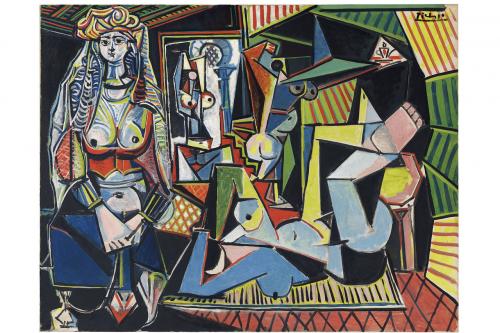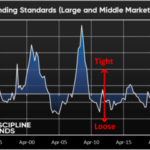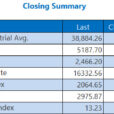
If the Fed’s bubble busting team led by Stanley Fischer was looking for runaway inflation, it could have easily found it earlier today without any particular effort, only not in the usual CPI place, but in the price of Women of Algiers (Version O), a “vibrant, multi-hued painting” from Pablo Picasso which moments ago became the world’s most expensive artwork, selling for $179,365,000, included the house’s premium in a Christie’s auction.

The same auction would also sell Alberto Giacometti’s sculpture “Pointing Man,” which was poised to set a record as the most expensive sculpture sold at auction. They were among two dozen masterpieces from the 20th century Christie’s offered in a curated sale titled “Looking Forward to the Past.”
The price for the Picasso surpasses the $142.4 million paid two years ago for Francis Bacon’s triptych, “Three Studies of Lucian Freud,” as well as earlier record of $120 million for Edvard Munch’s tortured “Scream.”
The price discovery, according to the WSJ, was described as a “dogged contest at Christie’s New York salesroom, with the bidding starting at $100 million and shot up quickly, with four telephone bidders competing for the jewel-tone scene of Cubist-style women lounging at odd angles in a room festooned with lush, striped décor.”
But as the price topped $145 million, the bidding war winnowed to a pair of telephone bidders and the room watched, hushed, a few pulling out their cellphones to capture the moment. After 11 minutes, the gavel fell and Brett Gorvy, global head of postwar art, fielded the anonymous winning bid.
The WSJ describes the painting as “a riot of colors and focuses mainly on a scantily dressed woman whose face evokes Picasso’s former lover, Françoise Gilot. She is joined by a disconnected tumble of other, smaller nudes who each seem to conjure other modern masterworks. The obvious muse is Eugène Delacroix’s 1834 scene of Algerian women in a fantasy interior. But Picasso also painted the work as a homage to his artistic hero and sometime rival Henri Matisse, who had died the year before.”















